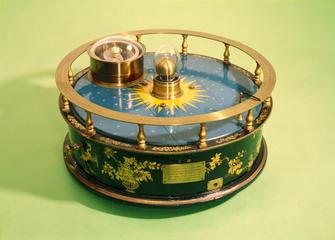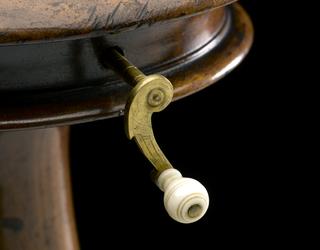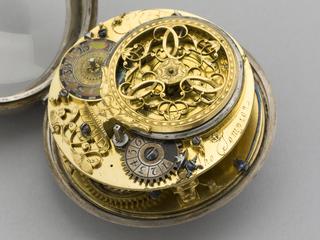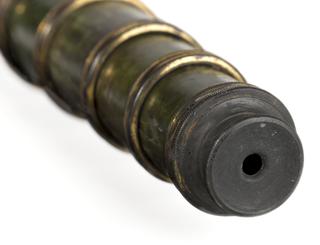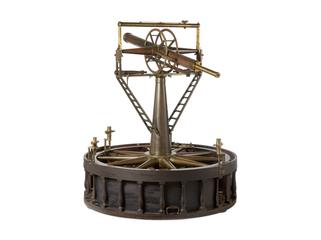
‘Medico-Electrical Machine’ by Nairne and Blunt







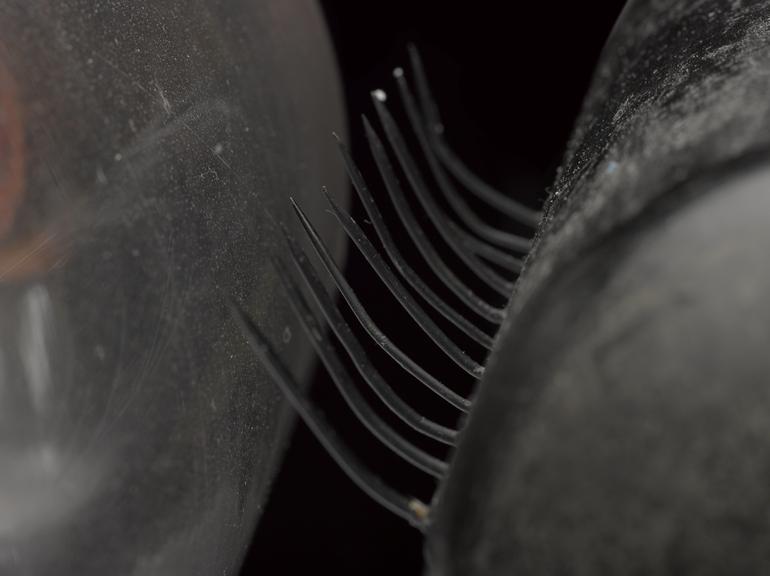
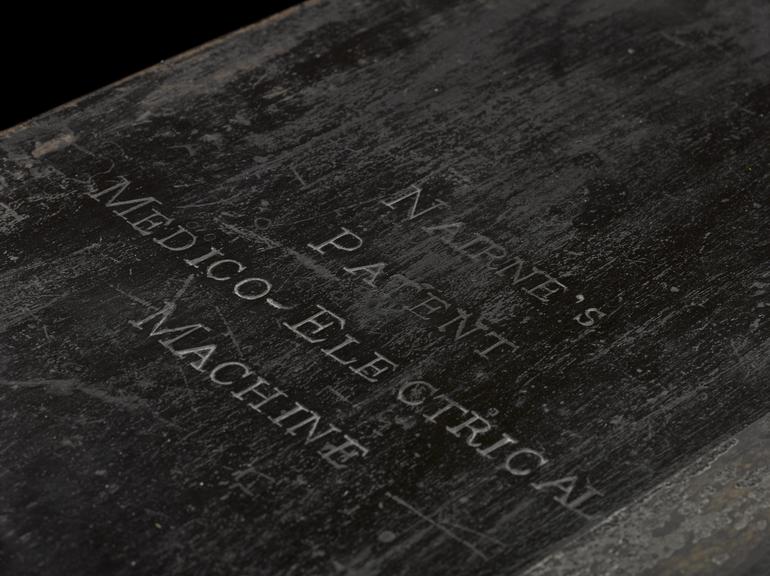




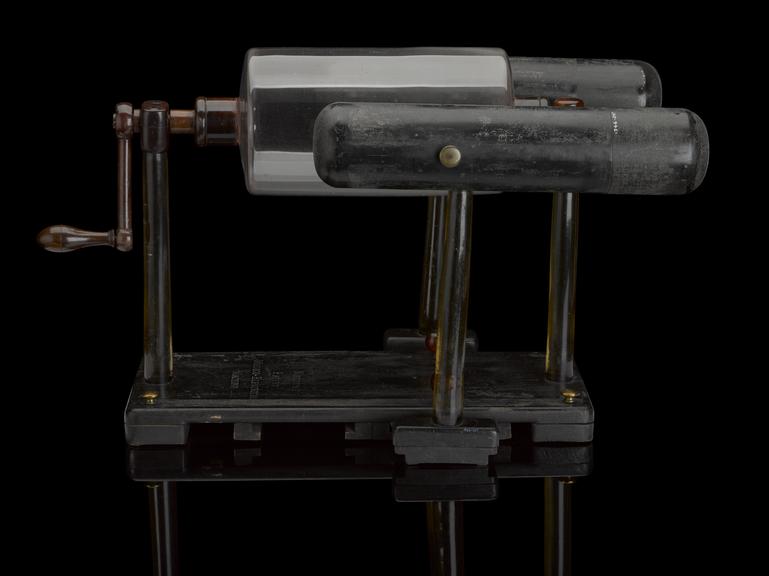
Cylinder ‘Medico-Electrical Machine’, made by Edward Nairne and Thomas Blunt, with Leyden jars contained within two tin-plate prime conductors; original and complete. Based on Nairne's patented design of 1782. Used by Michael Faraday at the Royal Institution, and depicted in Harriet Moore's 1850s watercolours of Faraday in his laboratory.
The mysterious phenomenon of electricity fascinated 18th-century experimenters and audiences alike. Its spectacular effects thrilled attendees of theatrical demonstrations, and enthusiasts championed its numerous possible applications. By the end of the century, many people believed that electricity could be used to treat a variety of medical complaints.
It was in this context that instrument-maker Edward Nairne patented his design for a ‘Medico-Electrical Machine’, which was particularly adapted to make such therapeutic use widely accessible. However, he also stressed that his machine could be used for other kinds of electrical experimentation, as this label, pasted inside the instrument’s original box, testifies:
‘Nairne’s Patent Medical Electrical Machine, (For Ready Money only)
As many Persons wish to try the Effect of Electricity, whereby any Person, without the Assistance of another, may try its Effects in all the various Methods practised by the most eminent Medical Electricians.
This Machine is also applicable to every other Purpose of Electricity.
Made and sold by Nairne & Blunt, Optical, Philosophical and Mathematical Instrument Makers, No. 20, Cornhill, opposite the Royal Exchange, London.’
Another original label provides the user with helpful instructions for unpacking the instrument:
‘OBSERVE,
When the Machine is to be taken out of the Box, to raise that End of the Machine where the Handle is fixed, a little higher than the other End, and keep it so, till you have got it out; and likewise it will be proper to take particular Notice how all the Apparatus are placed in the Box, without which Precaution, it will be difficult to replace them.’
This particular machine, in addition to being an example of a popular and common design, is noteworthy because it was used by Michael Faraday for his electrical work at London’s Royal Institution during the 19th century. It bears a striking resemblance to the electrical machine depicted in Harriet Moore's 1850s watercolours of Faraday in his laboratory, and may indeed be the same instrument.
Details
- Category:
- Electricity and Magnetism
- Object Number:
- 1946-247/1
- Materials:
- glass, tin (metal), wax and metal (unknown)
- Measurements:
-
overall: 460 mm x 780 mm x 490 mm,
- type:
- electrical machine
- credit:
- The Royal Institution
